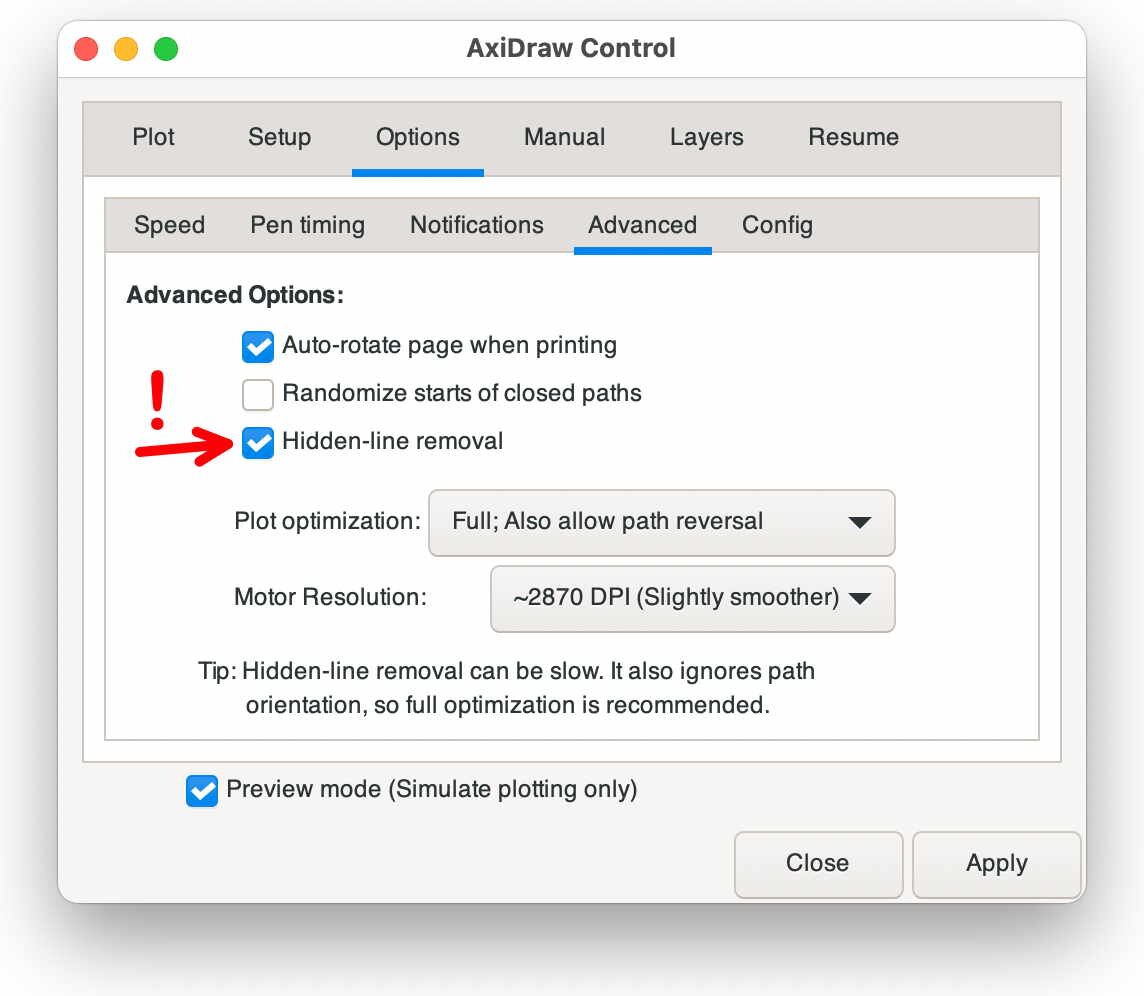Feed SparkFun Electronics [copy] http://www.sparkfun.com/feeds/news has loading error: cURL error 22: The requested URL returned error: 405
Feed The RFID Weblog [copy] http://www.rfid-weblog.com/index.rss has loading error: cURL error 22: The requested URL returned error: 404 Not Found
Feed tqfp.org [copy] http://tqfp.org/rss/ has loading error: A feed could not be found at `http://tqfp.org/rss/`; the status code is `200` and content-type is `text/html; charset=utf-8`
Газовая заshitа :)

Звонят мне тут с одного завода Костанайского, мол у нас тут котельная встала. Можете приехать разобраться. Приезжаю. Начинаю разбираться в схеме управления. Выхожу на газоанализатор СЗЦ-1. От компании Энергосистемы. Который измеряет утечки газа в помещении и если концентрация высокая — вырубает газ и дает сигнализацию. Обычным релейным контактом, замыкая контактор, который рубит задвижки и врубает сирену.
Датчик сработал, но ведет себя странно. При отключении питания продолжает питаться от… сухого контакта реле. Штобля???
Срываю пломбы, разбираю прибор анализатора, пытаюсь понять что происходит и начинаю просто орать чаечкой.
Короче, в предыдущей, видимо, версии прибора там на выходе и вправду был сухой контакт....
Электрообереги

Давненько я не рекомендовал хороших книжек.
Павел Серков, автор замечательно инженерного блога и отличной книги по электротехническим материалам (проводники, диэлектрики, всякие там пленки, лакоткани, проволоки разных марок и прочее прочее) Дао Изоленты написал очередную книжку
Книга про разные системы защиты. УЗО, автоматы, предохранители и прочие средства защищающие глупых человеков от злых токов. Слог шикарный, юморной. Читается замечательно. Расписано подробно и дотошно. Книга бесплатна для скачивания. Можно купить и в бумаге.
Донат автору крайне рекомендуется. Он этого заслуживает многократно. Скачали? Понравилось? Скиньте товарищу от 100р. Мелочь же, а он глядишь через годик выдаст очередной...
Free Stuff - April 2023
The April recipient for the Great Scott Gadgets Free Stuff Program is Adnane. Adnane is a software development and cybersecurity student in SoliCode School in Tangier, Morocco. He is always looking for new tools and technologies to enhance his learning and explore new avenues in the field. Adnane is planning to use his HackRF One to learn more about wireless security testing, digital signal analysis, and software-defined radio. He will share his knowledge and skills in the SoliCode Cybersecurity Club. Good luck and have fun!
Hidden line removal for AxiDraw

We’re pleased to note the release of AxiDraw software version 3.9 this week, with a couple of neat new features. One of them is that the “preview mode” button — which lets you simulate plotting to see how the results will come out — is now accessible no matter which function is selected. The other, the big one, is that AxiDraw now supports hidden-line removal as a standard feature.
There’s a full changelog up on GitHub, which also notes a few new features for users of the AxiDraw CLI (command-line interface) and AxiDraw Python library, including the ability to resume a...
Development of a Universal Radio Test Instrument
The Great Scott Gadgets team is thrilled to announce our newest research and development project: a Universal Radio Test Instrument (URTI). We have decided to call this project URTI as a working title. With the support of ARDC in partnership with TAPR, we aim to develop an open-source SDR platform with an unparalleled set of radio investigation and experimentation functions in one versatile device. URTI will offer radio amateurs, researchers, educators, and professionals an affordable, compact RF test tool that could be used in place of multiple expensive pieces of traditional radio test equipment.
Design and FunctionalityOur goal for URTI is...
CAN шина. Часть 2

Часть первая
Хотя CAN шина довольно неприхотливая, ввиду множества защит и механизмов, но поскольку она может работать на высоких скоростях и больших расстояниях, то важным моментом является грамотное ее проектирование. В частности правильное терминирование оконечных устройств или перегрузка из-за количества устройств. Из-за которых возникает большинство проблем в шине.
▌Количество устройств
Когда то давно стандарт предписывал 32 устройства на шине. Но было это очень давно и сейчас таких ограничений нет. Все теперь зависит от нагрузочной способности самого слабого трансивера на шине. Чтобы понять о чем речь надо рассмотреть внутреннее устройство трансивера:
Обратите внимание на устройство выходного каскада. В свободном (рецессивном) состоянии выводы CANL и...
Free Stuff - March 2023
The March recipient for the Great Scott Gadgets Free Stuff Program is Jan. Jan is the author and maintainer of RadioLib, an open-source library for embedded devices controlling various wireless radio modules like SX1276, CC1101 or RF69.
We are sending Jan a HackRF One to aid in the development of RadioLib. Until now, Jan has been doing development using an RTL dongle. The lack of TX ability, and other issues, have made the dongle a bit less than practical. We hope the HackRF One helps, and we look forward to watching this project continue to evolve!
A WiFi color Eink picture frame
Give away picture frames that always have an up-to-date picture!
A WiFi color Eink picture frame
Give away picture frames that always have an up-to-date picture!
A WiFi color Eink picture frame
Give away picture frames that always have an up-to-date picture!